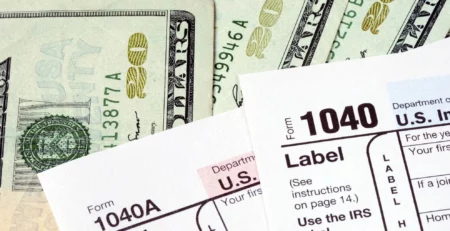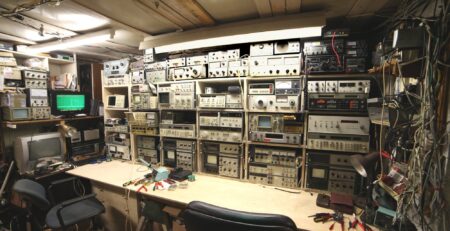ADF – Committees of Correspondence
In the novel American Democracy Forever, Dr. Charles, Charlie, Durand created an organization oof networked Forum Clubs. In their bylaws, Charlie defined the committees that each club should have to support its efforts: executive, finance, social, and action. There was also a Committee of Correspondence (CoC) to establish and manage communications with other Forum Clubs. This is an idea he adapted from the CoCs that helped organize the American Revolution. But instead of any-to-any communications, Charlie wanted directional communication links that would evolve over time into a neural network.
While not a neuroscientist, Charlie saw the tens of thousands of Forum Clubs as nodes in a neural network. The CoC of each club had 0-N input dendrites (input channels) with links from the axons, the output channels, of other clubs, and a single output axon linked to the 0-N dendrites of the CoCs of other clubs. He saw these links among Forum Clubs evolving over time as connections were made, strengthened, degraded, and pruned. The result would be like a neural network that would develop optimal solutions to problems. (See the illustration above of a real-world neural network.) Super networks would form as Forum Clubs with common interests formed and specialized; for example, the Judicial Forum Clubs handled legal issues, such as the nomination of judges to federal and state courts.
The Forum Club members were the body of the neuron; they received input messages from their CoC’s dendrites, analyzed and processed them using a variety of OurTown services, and then sent output messages via their CoC’s axon. The more input messages received on a subject, the more likely the club members would want to discuss it and send out a message on their axon to other clubs. Each club had its own memory of all the messages it received and sent plus any intermediate work products.
During the 1960s and 1970s, before the development of the internet, communications among Forum Club CoCs were via slow, snail-mail letters and personal contacts. In the late 1970s, PARC prototyped the OurTown social media platform for use by Forum Clubs in the San Francisco area, and in the late 1980s, PARC migrated OurTown to the internet. This made communications among clubs exponentially faster and gave them a much more efficient way to share information.
All nodes on the internet are theoretically connected to all other nodes via simple URLs. There is no processing of message contents by the internet, itself, or by internet nodes. In OurTown, however, each node processes the messages it receives and decides what messages, if any, should be sent on its output axon. Formal protocols are followed for the establishment of connections among clubs, and specific, Smalltalk-based, object-oriented formats for the requests, replies, and messages that can be communicated (See Distributed Data Management Architecture.)
Questions
Is a neural network the best model for Forum Club communications? What else might work to produce optimal solutions to problems? A wide variety of organizations exist in the United States for all kinds of purposes. Could they all be interconnected as described for Forum Clubs?












Leave a Reply